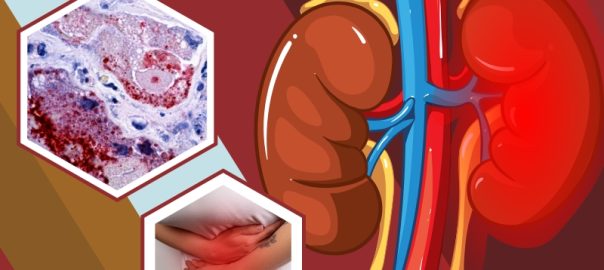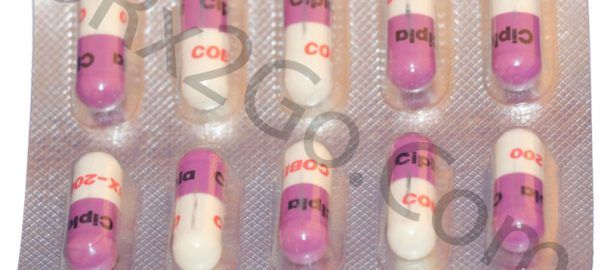Kidney Infection is a serious infection that needs to treat right away. When bacteria or viruses get into your kidneys, usually through your urinary tract, they can cause a kidney infection. If a kidney infection is not treated, it can get worse and sometimes cause permanent kidney damage.
What Causes Kidney Infection?
The viruses or bacteria that cause kidney infections usually come from another part of your urinary tract, such as your bladder, ureters, or urethra, and spread to your kidneys. Less commonly, the viruses or bacteria come from an infection elsewhere in your body.
Kidney infection can also happen if the flow of urine through your urinary tract is blocked. This can happen because of:
- An enlarged prostate
- Kidney stones
- A problem with the shape of your urinary tract that makes it harder for urine to pass through
What Are The Symptoms Of Kidney Infection?

Symptoms of a kidney infection may include:
- Feeling sick to your stomach
- Throwing up
- Chills
- Fever
- Diarrhea
- Urine that is cloudy or smells bad
- Blood or pus in your urine
- Pain or burning when urinating
- Feeling like you have to urinate even if you just went
- Urinating more often than normal
- Pain in your lower back, one or both sides of your groin
If you notice any of these symptoms, call your doctor right away. If you are currently taking medication for the treatment of urinary tract infection, but you are still having any of these symptoms, call your doctor.
How to Diagnose Kidney Infection?
To know if you have a kidney infection, doctors may do tests such as:
- Blood tests
- Urine tests to look for bacteria or other signs of infection, such as white blood cells, in your urine
- Imaging tests to look at your kidneys, such as a CT scan, X-ray, or ultrasound.
- For men, a rectal exam is recommended. It is where the doctor inserts a gloved, lubricated finger into the anus to see if the prostate gland is enlarged and blocks the flow of urine.
How to Treat Kidney Infection?
Doctors treat most kidney infections with antibiotics. Doctors will prescribe an antibiotic medicine based on:
- What type of bacteria is causing the infection
- If you are older than 65
- How severe the infection is
- If you are you are pregnant
- If you had problems from certain antibiotics in the past, such as allergic reactions
If you have a very serious infection, you may need to stay in the hospital to get antibiotics through an IV. You may also get pain medicine.

What Are The Medications Used For Kidney Infection?
1. Antibiotics
2. Pain Killers
It is very important to get medical treatment for kidney infections as soon as possible. You should not wait for it to go away on its own. Kidney infections that are not treated soon enough can cause permanent kidney damage or can spread to other parts of your body.







